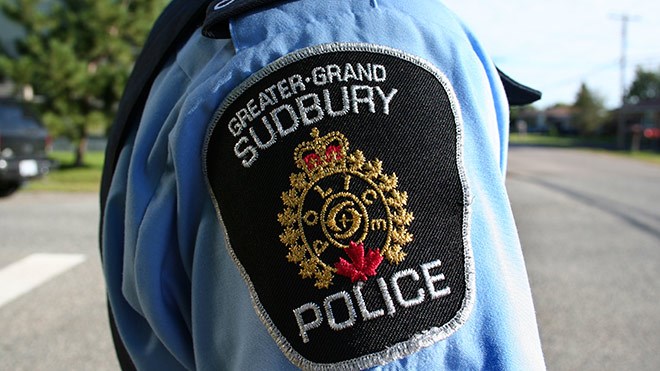There were six fatalities in 2014 as a result of motor-vehicle collisions, said Greater Sudbury Police Service.
Greater Sudbury Police Service, in partnership with Accident Support Services International (Collision Reporting Centre), compile statistics relating to motor-vehicle collisions within the city that fall under the jurisdiction of the Greater Sudbury Police Service.
“Data is collected and analyzed on four main collision types, vehicle collisions, pedestrian collisions, collisions involving drugs or alcohol and snow mobile collisions,” said a news release.
In 2014, there were 3,915 motor-vehicle collisions, down 95 from 2013. Slightly more than half of the collisions (51.5 per cent) were self-reporting and the remainder were on-scene investigations. From the on-scene collision investigations 68 per cent were property damage only, 30 per cent involved personal injury and there were six fatalities (0.3 per cent).
“Drivers appear to be doing an excellent job of driving according to conditions; however, with most accidents being rear-end-type collisions, drivers are still driving careless, aggressive or distracted,” said the news release.
There were 69 collisions involving pedestrians, the highest amount (14.5 per cent) occurred in May 2015. Pedestrian collisions occur most when people are travelling to work (8 a.m.), during lunch hour (noon to 1 p.m.) and travelling home from work (5 p.m.) during the work week (Monday through Friday) with Thursday having the most occurrences.
Most pedestrian collisions (46 per cent) of the drivers were not at fault, while 36 per cent of these incident types the driver failed to yield the right of way to the pedestrian.
“Unfortunately, 24 (35 per cent) of pedestrian collisions could have been prevented, because persons decided to cross intersections against the light or tried to cross busy roadways with no right away.”
Last year, there were 72 collisions which involved impairment by either drugs or alcohol. Most incidents (25 per cent) occurred during the months of May and October. The majority of collisions involving drugs or alcohol (57 per cent) occurred during the weekend. Of the 72 drug and alcohol collisions, the peak time of day for this type occurrence is at 7 p.m. and 2 a.m.
Lastly, there were 21 collisions involving motorized snow machines and 17 collisions involving motorized snow plows.
“Collision prevention must be the priority of every driver/operator of a motorized vehicle on our roads, highways and trails,” said the news release. “Social costs, both direct and indirectly, to those involved (driver, passengers and society at large) can be substantial. Costs can include property damage, higher insurance rates, medical expenses and loss of income. Human costs can include a serious life-altering injury and the loss of a loved one.
“With this information and other data obtained from local collision reports, officers will be conducting enhanced enforcement in an attempt to enhance driver/pedestrian awareness and encourage compliance with traffic laws.”
Quick Facts:
-The majority of collisions occur during the colder months of October through March, with January the highest month.
-Collisions occur mostly during the business week (Monday through Friday) with Friday having the most occurrences, between noon and five o’clock in the afternoon, with most collisions occurring at four o’clock in the afternoon.
-When collisions occurred, 81 per cent of the time the weather condition was clear, 16 per cent of the time either rain and or snow were a factor.
Join Sudbury.com+
- Messages
- Post a Listing
- Your Listings
- Your Profile
- Your Subscriptions
- Your Likes
- Your Business
- Support Local News
- Payment History
Sudbury.com+ members
Already a +member?
Not a +member?
Sign up for a Sudbury.com+ account for instant access to upcoming contests, local offers, auctions and so much more.



